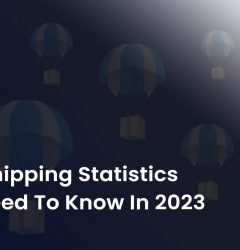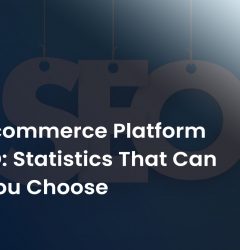25 Aug
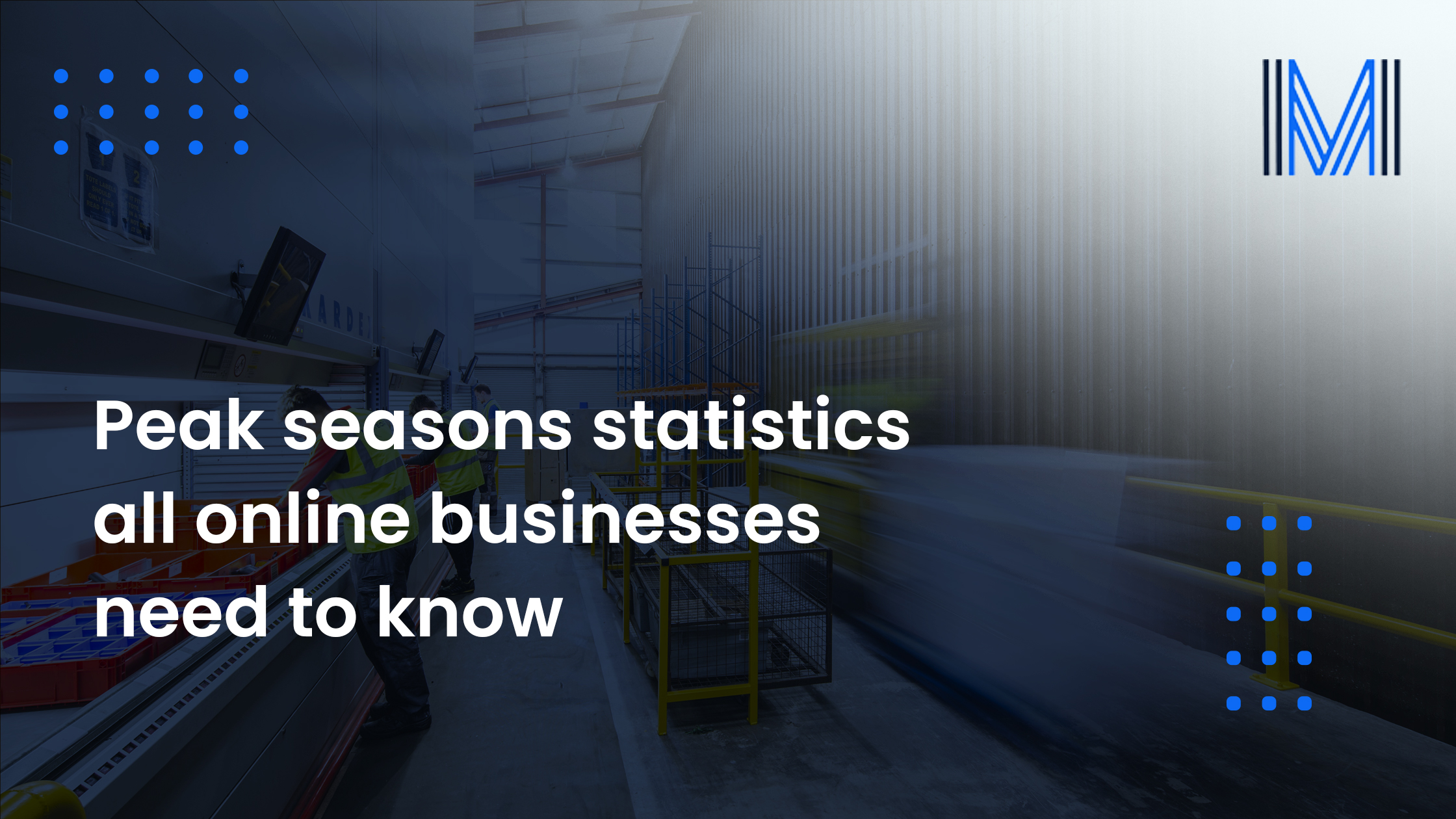
Ecommerce businesses and online stores often see that their sales’ patterns and revenue changes depending on different seasons. The holiday season can have a significant impact on your ecommerce business. People are buying gifts for others, items for themselves, and so much more.
Each season can have an effect on different niches in the ecommerce industry as well. When summer rolls around, ecommerce stores selling swimwear, beach accessories, travel essentials, etc., can see a significant amount of increase in the orders they receive.
Similarly, during Halloween season, online stores selling costumes and all related items get more sales than ever. During the winter, online stores selling electronics and equipment like heaters start getting more orders. Different seasons bring different changes in the ecommerce sector.
It is important to know which peak season can impact your online store, when you should be expecting more orders than usual, how you need to be prepared for the different seasonal changes, and much more. Familiarizing yourself with some key statistics related to the effects different seasons have on the ecommerce sector can help you be more prepared and make sure you always meet your customers’ demands.
General Peak Season Retail Statistics
-
The total holiday retail sales amounted to 789.4 billion USD in 2020 (NRF, 2021)
Peak seasons are always a big time for the retail sector. The sales are always going up, no matter what happens. Even though the whole world was dealing with the pandemic in 2020, the total sales still manage to surpass the estimated numbers. Holiday season is always a time of the year when sales peak. People want to buy gifts for their loved ones, and what better to lift everyone’s spirits during one of the most difficult years of the pandemic.
-
Out of the 789.4 billion USD retail sales, 209 billion USD were from ecommerce and non-store retail sales (NRF, 2021)
As the world was still dealing with the Covid-19 pandemic, many people preferred to shop online during the holiday season. There were strict lockdowns and many brick-and-mortar shops had to close down because of the lockdowns. During these trying times, people chose to shop from ecommerce businesses. The pandemic showed most people how convenient online shopping can be, and they continued their online shopping even during the peak seasons.
-
The retail sales increased by 8.3% in 2020 compared to 2019 (CNBC, 2021)
The retail sector is never slowing down. Even during one of the toughest years of the pandemic, when people were hit economically, the retail sales saw an increase compared to the previous years. All retail businesses, especially ecommerce businesses should always be ready to meet customer demands at all times. It is better to be prepared for any surges in customer demand and avoid making your customers wait to get their orders.
-
Holiday season sales can amount to 30% of all retail sales (Much Needed, 2022)
The holiday season is one of the peak seasons for retail. All businesses see a significant boost in the amount of sales. People tend to purchase more gifts for their friends and family, and purchase other items when they are in a jolly mood. Brick-and-mortar stores and online businesses, all should be well-equipped and prepared to handle the high order volumes during the holiday seasons. As an ecommerce business, you need to understand that most people are purchasing items to gift to others and you should avoid any delays in delivering the orders.
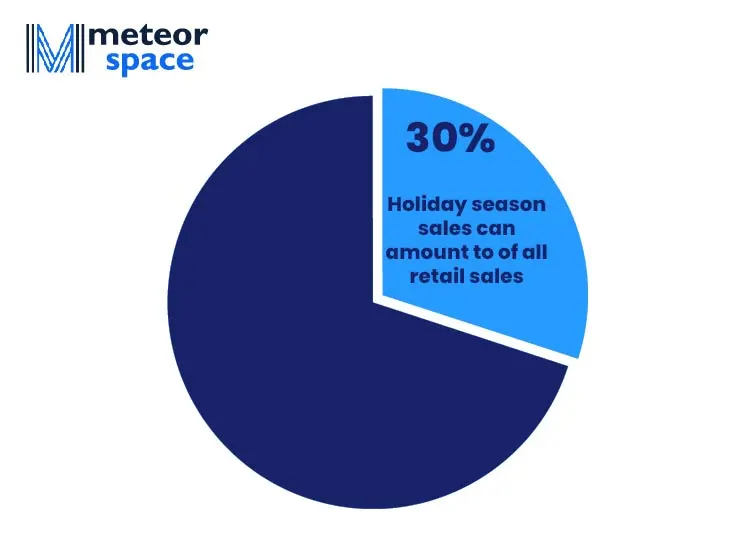
-
Online shoppers in the US spent 201.32 billion USD on ecommerce stores during the holiday season (Digital Commerce 360, 2022)
The holiday season brings many sales and events with it. Online events, such as CyberMonday, have incredible sales on all types of items. Most people are waiting all year just to purchase an item when the peak season sales roll around. Finding the best deals online can lead to customers buying more than they initially planned to. Ecommerce businesses need to be well-prepared in advance to handle the influx of orders and sales during the holiday season, making sure their customers are not let down by the service.

-
Experts claim that online sales will account for 18.3% of all retail sales by 2023 (GlobeSt, 2022)
Ecommerce is an industry that has shown no signs of slowing down. Shopping online is convenient. People can make a few clicks on their laptops or mobile devices and get what they want. The demand for ecommerce is growing with each passing year, and people will continue to increase their online shopping instead of decreasing it. This is why more and more ecommerce businesses are set up each year, and most of them are successful based on the customer experience they have to offer.
-
On average, US households spent around 1,387 USD during the holiday season in 2019 (Deloitte, 2022)
The holiday season is one of the peak seasons for retail all across the world, including the US. People in the US have spent more than 1000 USD on average during this season. The reasons for such high rates of spending are because they have to purchase gifts for all their friends and family, host dinners, lunches, or other events during the holiday season. The Holiday season is busy when it comes to retail, and this statistic gives you an idea of how much an average family is willing to spend during the season.
Comparing Peak Seasons Retail Data
-
5 out of 10 of the most active online buying days are in November (AdWeek, 2019)
November is the time of the year when people start preparing for the holiday season and the special sales start kicking off. There are many events that take place in November, making it one of the best months in terms of revenue generated by online businesses. As an ecommerce business owner, you should be prepared to handle the influx of high order volumes during November as the peak season rolls around.
-
CyberMonday was the most active ecommerce sales day in 2018, with almost 4 times more sales than an average day (AdWeek, 2019)
Online shoppers all over the world are eagerly waiting for CyberMonday to come around each year. The sales and deals available online during CyberMonday are some of the best, which is why it is the most active ecommerce sales day in the year. Online retailers should prepare their strategies in advance and make sure they don’t run out of inventory to meet customer demands on such a big day for the ecommerce industry.
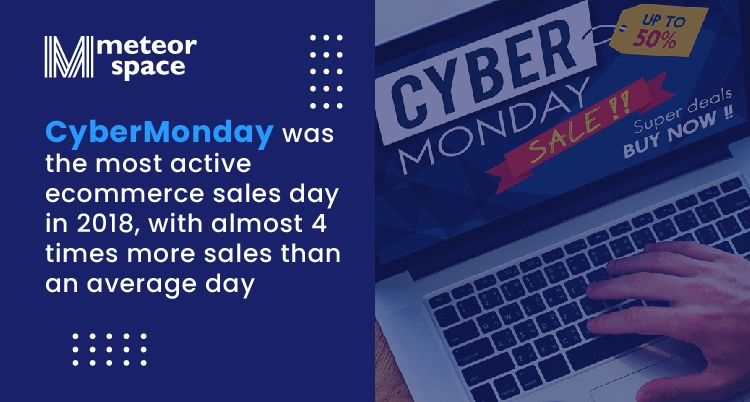
-
Black Friday was the second most active day for online retail in 2018 (AdWeek, 2019)
Black Friday is also a day that lets online shoppers take advantage of various deals and offers online, making it one of the most active days for online retail. Ecommerce merchants need to be well-equipped and ready to handle large order volumes and deliver to their customers without any delays caused by supply chain disruptions, creating a top-notch experience for the customers.
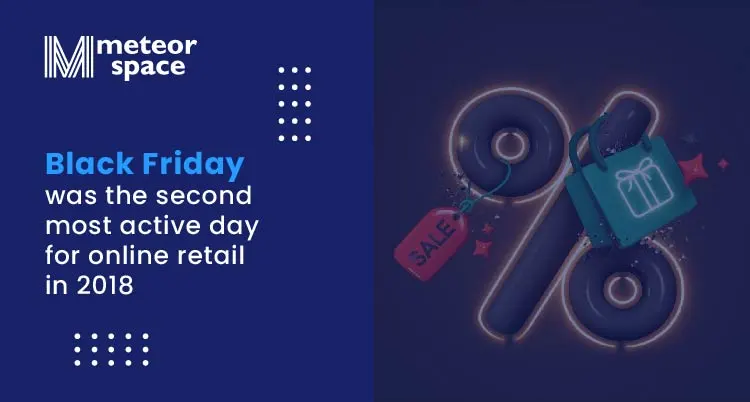
-
October 30th was the fourth most active day for online retail (AdWeek, 2019)
October 30th is the day before halloween, and it being one of the most active days for ecommerce retail makes a lot of sense. People tend to leave their costume needs for the last day, or perhaps have an accident and need new supplies for their costumes, making them order online. People also shop online for the candies and goodies they need to give out during trick-or-treat. Ecommerce stores that hold halloween supplies should be prepared for last-minute shoppers and provide efficient delivery for them.
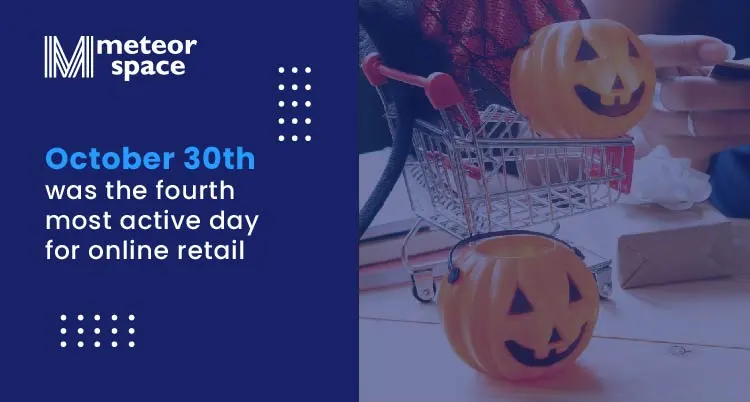
-
December 22nd to December 25th were the slowest days for ecommerce sales and had a volume decrease of 12.5% compared to the average shipping volume of the year (AdWeek, 2019)
Although part of the peak season, December 22-25th can be the slowest days for ecommerce retails. By this time, most people are done with their purchases and are ready to enjoy the holiday season, which can lead to them not spending as much time shopping online.
-
40.46% of the total order volume of the year occurred in the fourth quarter of the year, with 34.6% in November and December (AdWeek, 2019)
The fourth quarter of the year can very well be considered the peak season for online retailers. There are many festivals and holidays that come around that time, leading to more people heading over to ecommerce stores to make their purchases more conveniently.
-
90% of the best selling days for ecommerce retail were the in fourth quarter of the year (AdWeek, 2019)
As mentioned above, the fourth quarter of the year is overall a busy period for ecommerce businesses. People are looking to buy gifts and presents for their loved ones and splurge some extra money on themselves during the holiday season, making it the most active time for ecommerce stores.
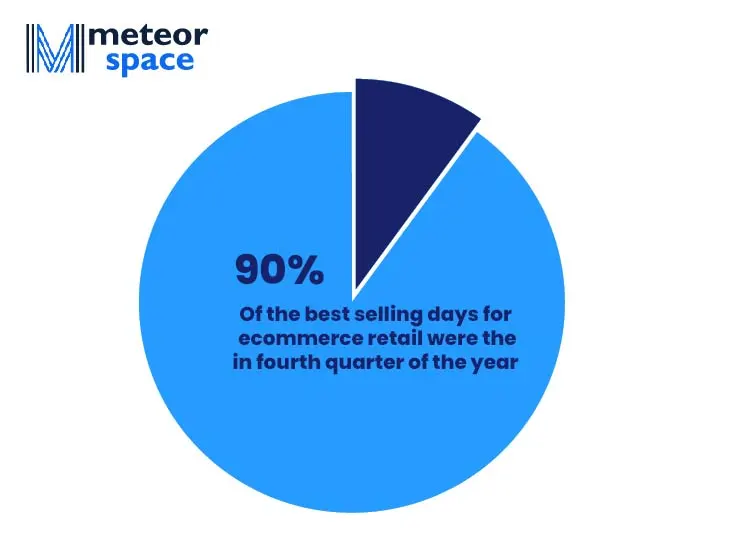
-
34% of online shoppers in the US said they are very likely to shop online on CyberMonday (Statista, 2021)
CyberMonday is a huge day for online shoppers. People all across the globe, and the US, look forward to CyberMonday so they can purchase their favourite items from ecommerce retailers at lowered costs. It is the busiest day of the year for ecommerce businesses, which is why you need to prepare your stock and be ready for the increase in order numbers if you run an online store.
-
Ecommerce giants saw a revenue boost of 110% on CyberMonday, whereas small ecommerce businesses saw a revenue boost of 104% (Adobe, 2021)
Bigger ecommerce marketplaces are still outselling small online retailers. However, it is not something out of the ordinary. Ecommerce giants, like Amazon, have a loyal customerbase that find the ecommerce store more reliable than others. Bigger Ecommerce companies also offer incentives such as free shipping or same-day delivery to increase the amount of sales for their business. However, smaller ecommerce retailers also saw a massive boost on CyberMonday and it should not be overlooked.
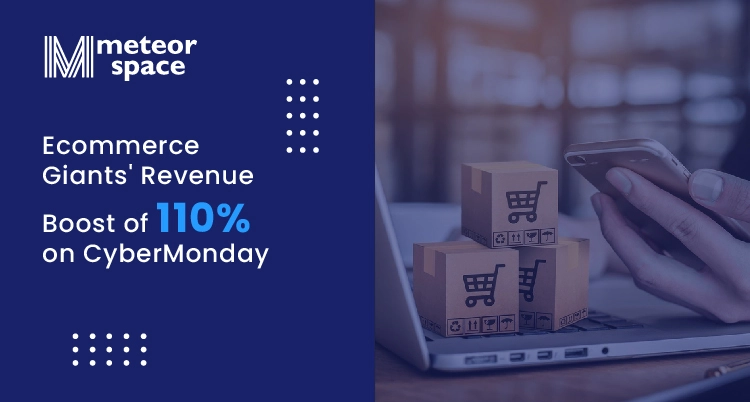
-
50% of single people in the age range of 25-34 said they buy gifts for themselves on valentine’s day (NRF, 2018)
Valentine’s day is also a holiday that brings a boost in retail sales. People are buying gifts for their loved ones. However, these are not the only people purchasing on Valentine’s day. According to a survey, single people said they also purchase gifts for themselves as a sign of love they have for themselves, which also increases the retails around the time of Valentine’s day.
-
Return rates during valentine’s season increased to 95%, with 99% of the returns being clothing items (World Pay, 2022)
As an ecommerce business, you should be prepared to handle a surge in returns and be well-equipped to manage the returned items well, process them efficiently, and add them back to your inventory. Gifts are often returned because people do not know someone else’s personal preferences. Clothing items being the most returned item makes more sense because there can be errors with the sizing, someone might not like the colour, or any other reason.
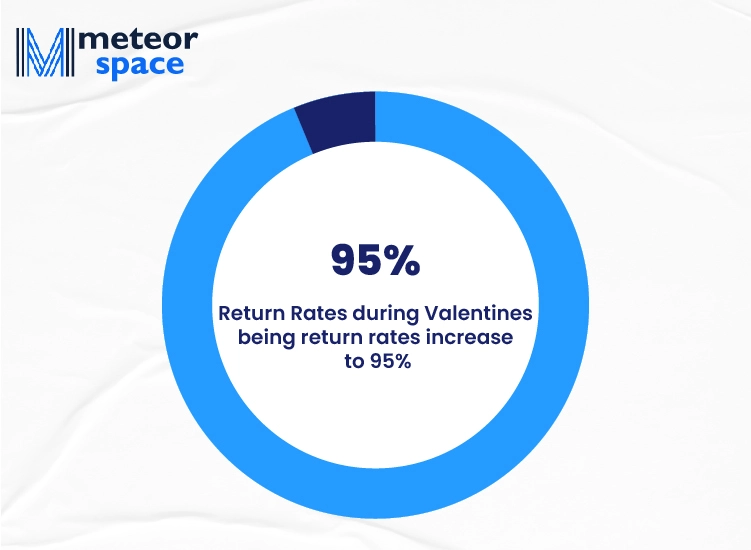
-
More than a third of purchases for Halloween now happen through online stores and ecommerce websites (Digital Commerce 360, 2022)
There are many ecommerce platforms that have special halloween collections and seasonal offers, making it more inciting for people to make their halloween purchases online. Many clothing ecommerce stores release special costumes, increasing the ecommerce sales during halloween.
-
UK ecommerce retails grew by 50% in November and December compared to the total sales in September of the same year (Statista, 2021)
Another statistic that shows how November to December is mostly the peak season for ecommerce retail. There are various holidays that come up during these days, drastically increasing the number of purchases made online. Compared to September of the same year, there was a 50% increase in ecommerce retails, which is why ecommerce retailers all over the world should be well-prepared to handle the peak season, making sure they avoid any stockouts or delivery delays.
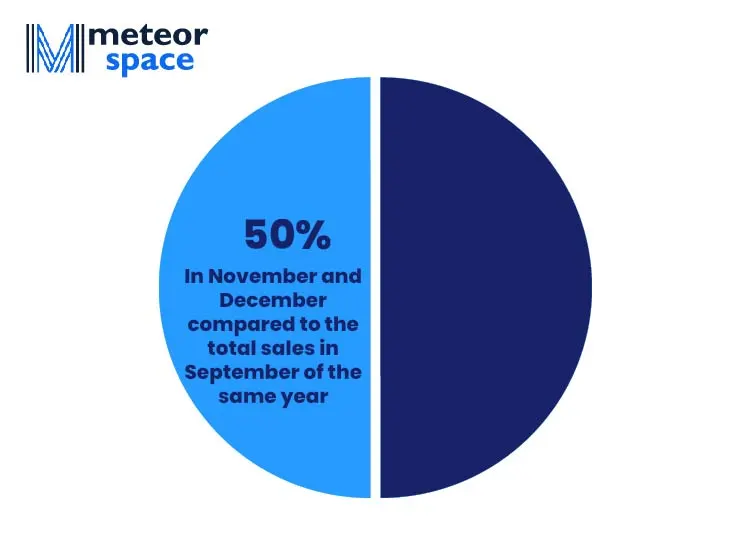
-
A study found out that good weather days tend to lower online sales, whereas the sales seem to go up on bad weather days (Steinker, Hoberg and Thonemann, 2017)
When the weather is good, most people are out and about enjoying their day. This means they are not scrolling through ecommerce platforms as much and not making any online purchases. Creating your inventory forecasts by taking the weather forecast into account can also make your inventory reports more accurate and help your logistics operations.
Are You Looking For Efficient Order Fulfillment Even During Peak Seasons?
As an ecommerce business, keeping up with customer demands and fulfilling orders efficiently during peak season can become challenging, especially if you carry out your order fulfillment in-house. As the order volume increases, picking, packing, and delivering orders can take up all your time. Doing everything yourself can also decrease your efficiency and cause delays, which is never a good thing.
Luckily for you, there are other options you can try! Outsourcing your order fulfillment to a leading order fulfillment center, like Meteor Space, can help you keep delivering orders fast and accurately to your customers, even during peak season! We are well-equipped to handle high order volumes and our expert staff picks and packs all orders as quickly as possible. Check our 4 fulfillment tips to handle seasonal demand.
With the help of our bespoke software, we can provide you with complete insight into all your order fulfillment operations, making sure you are always in the loop. We store your inventory for you in our state-of-the-art warehouse, helping you cut down your storage costs. Meteor Space makes sure you can focus on growing your online business, as we take care of all your order fulfillment and delivery processes!
Want to find out more about our top-notch order fulfillment services?
Talk to our experts today!

